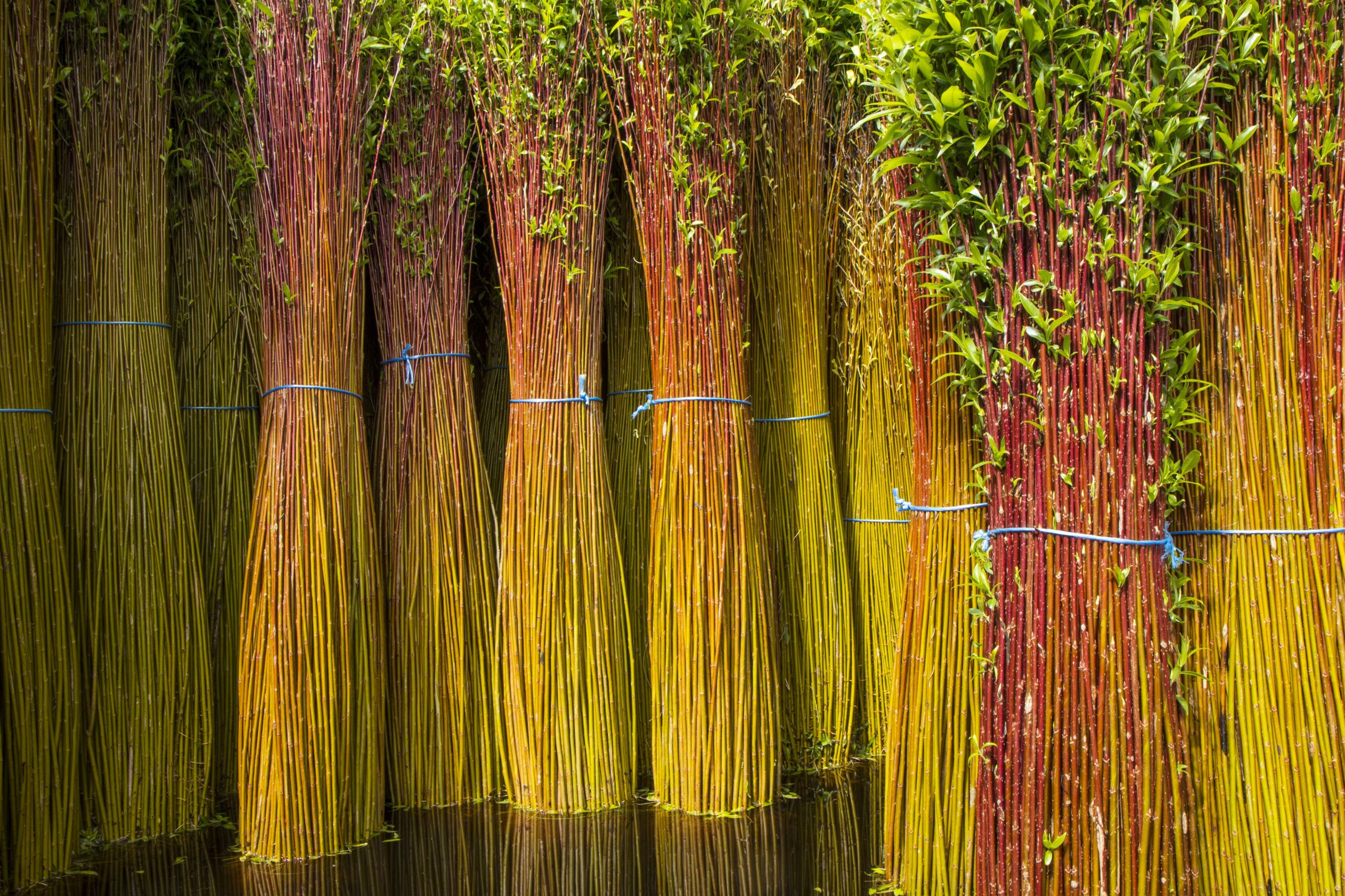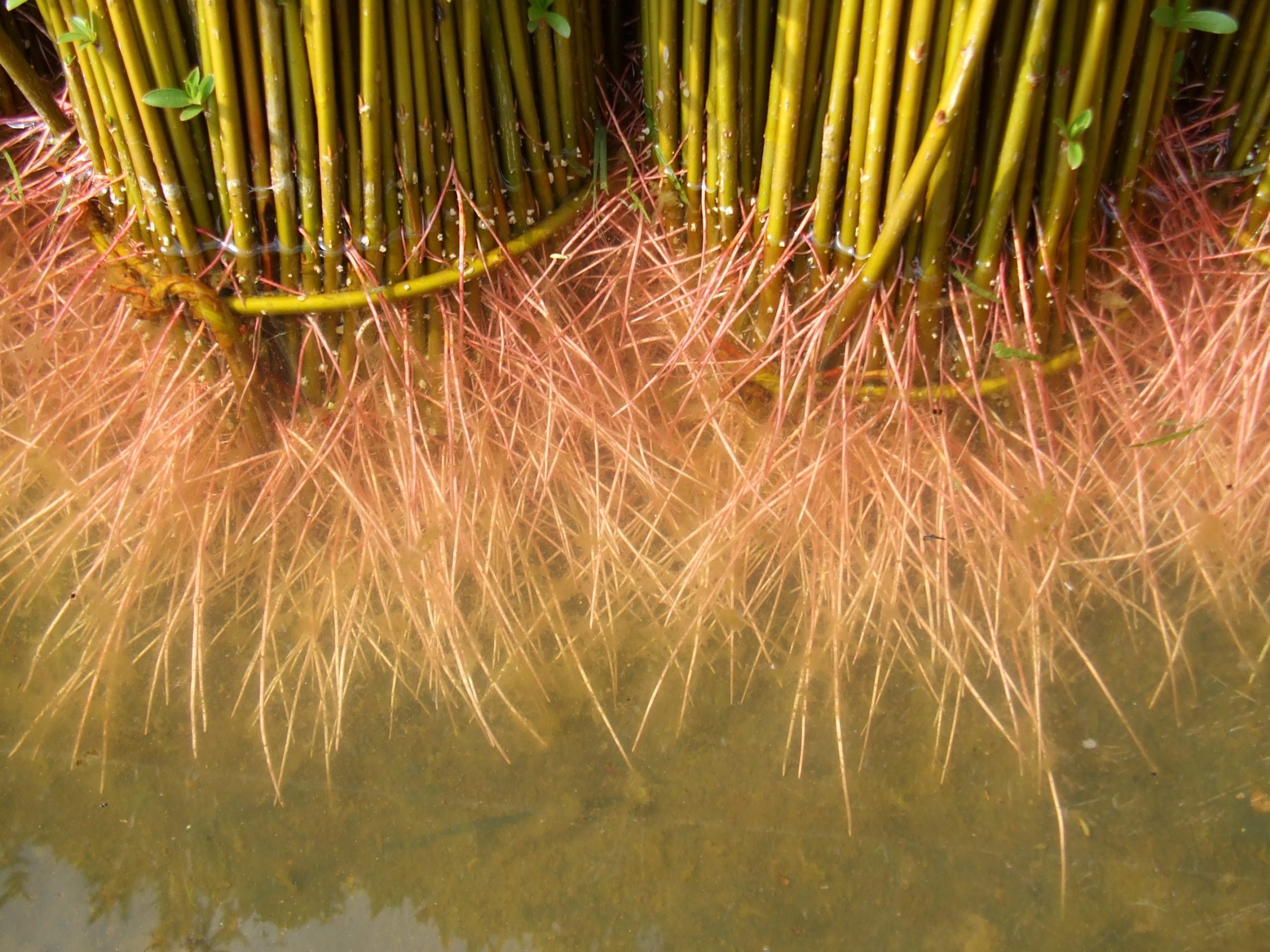In the body of the basket, the ribs are the strands that occupy the vertical position around which the other wicker is interwoven. They can be fixed in two ways: warped to the bottom mould or stitched into the bottom.

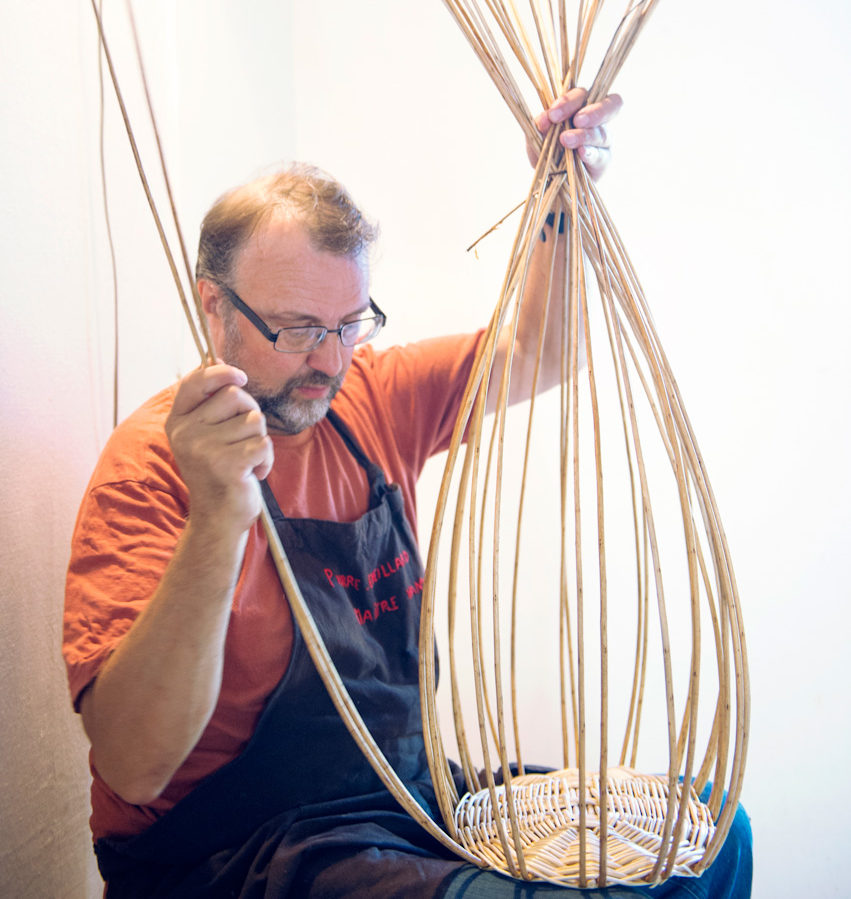
In the body of the basket, the ribs are the strands that occupy the vertical position around which the other wicker is interwoven. They can be fixed in two ways: warped to the bottom mould or stitched into the bottom.


A piece of wood used as a guide to obtain and reproduce a precise shape.
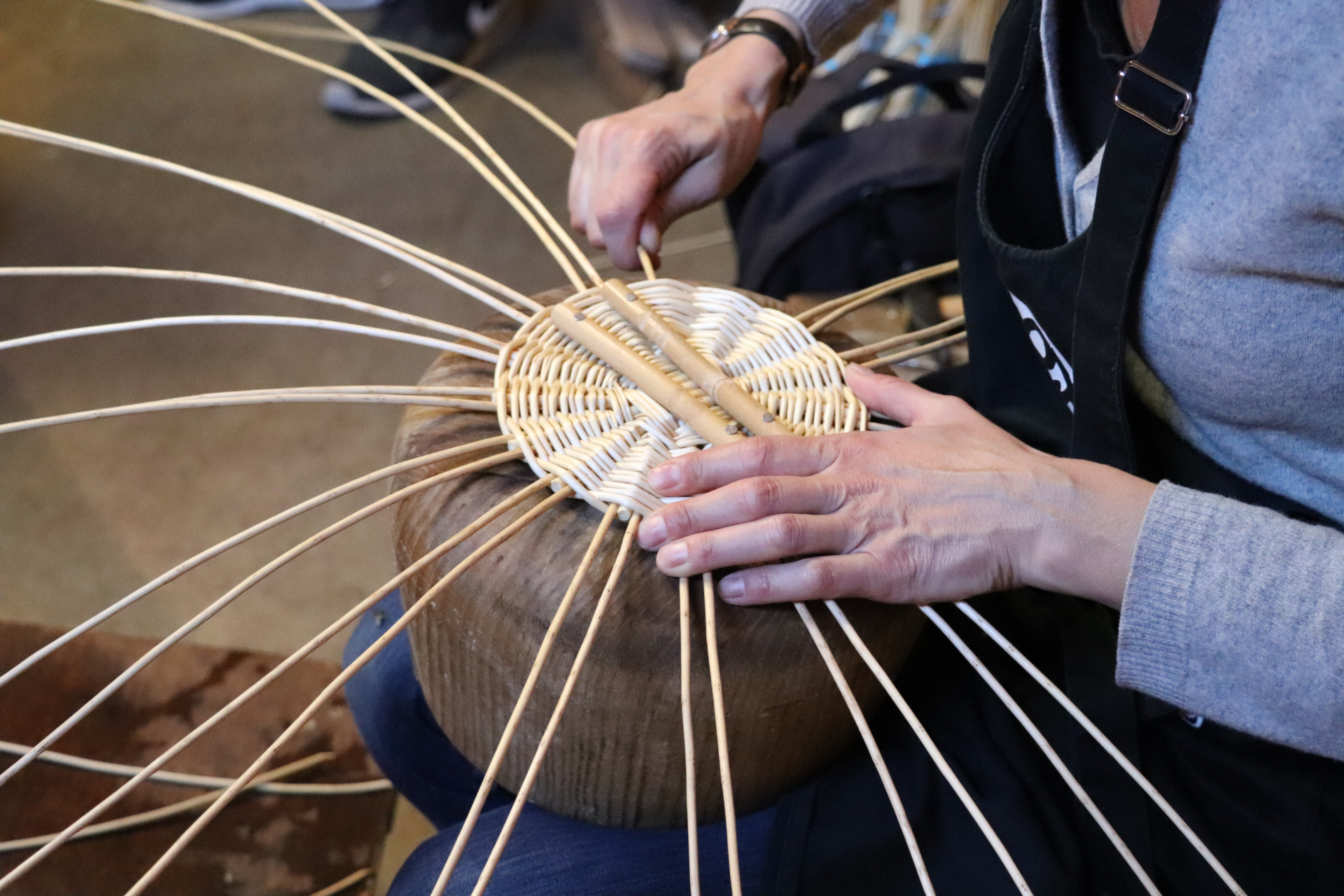



Place where wicker is grown.

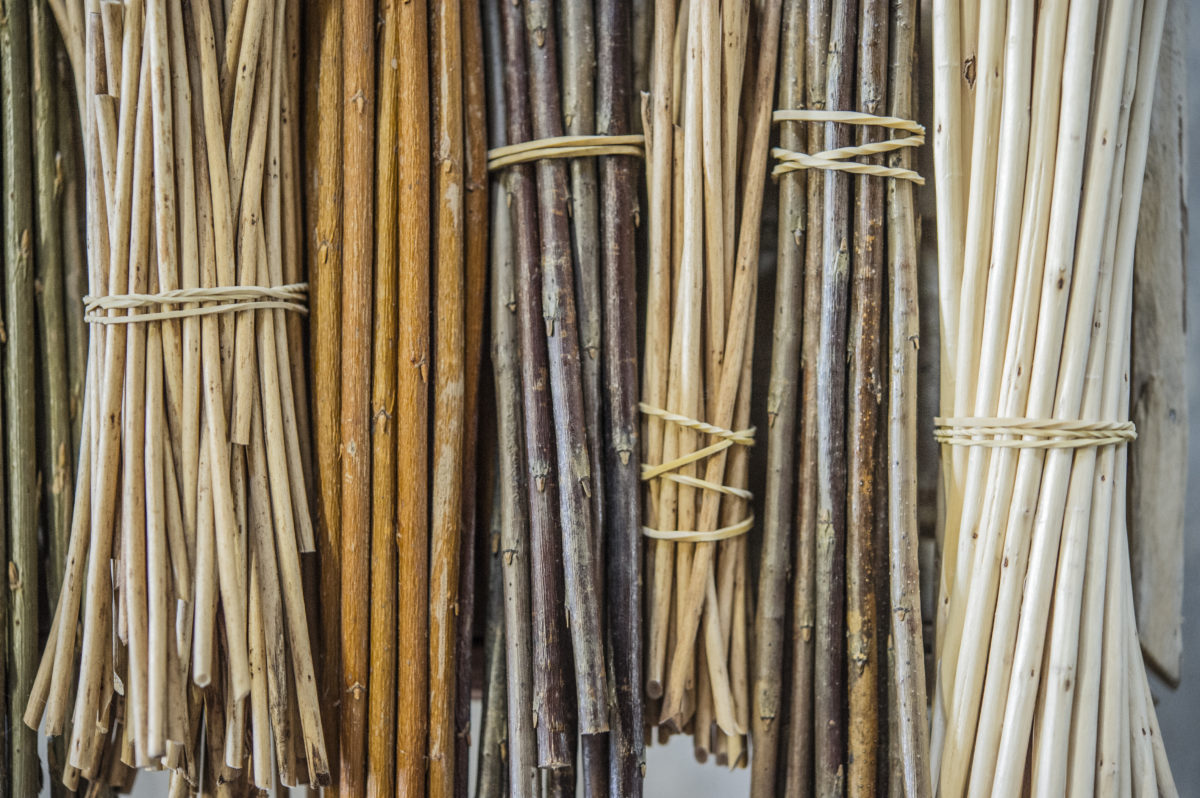
Willow branches of the year. Harvested in winter, sorted by size, and dried to make the main plant material worked by the basket maker. Different varieties are grown for their quality and colour.
Wicker has a foot and a top that do not allow for braiding without variation in diameter.
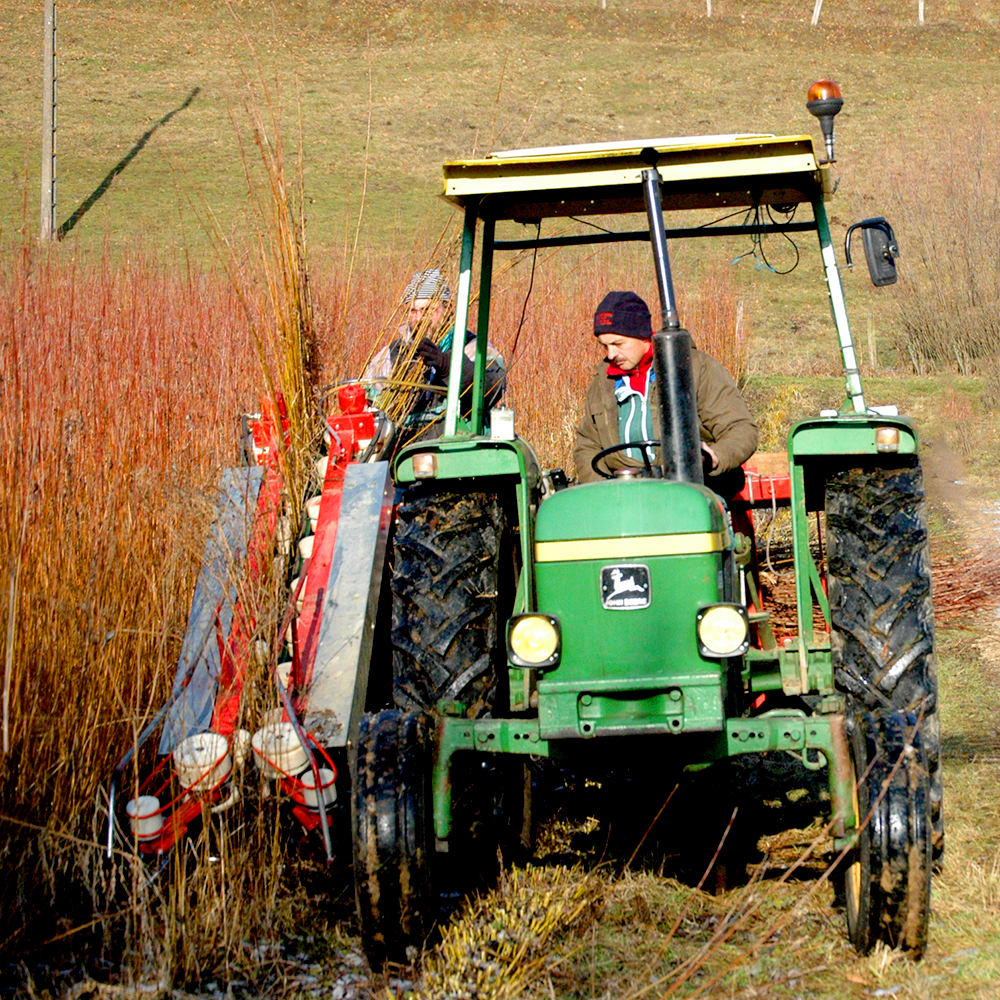
Culture de l’osier.
Mise en place des montants écaffés autour du moule pour commencer à monter l’ouvrage. On dit que les montants sont ourdis.

The thickest end of a strand or, in the case of a basket, a rim added to the bottom of the basket, which is in contact with the ground. It is most often composed of a few turns of torches and a border, sometimes the same as the one made on the top of the basket, sometimes different.

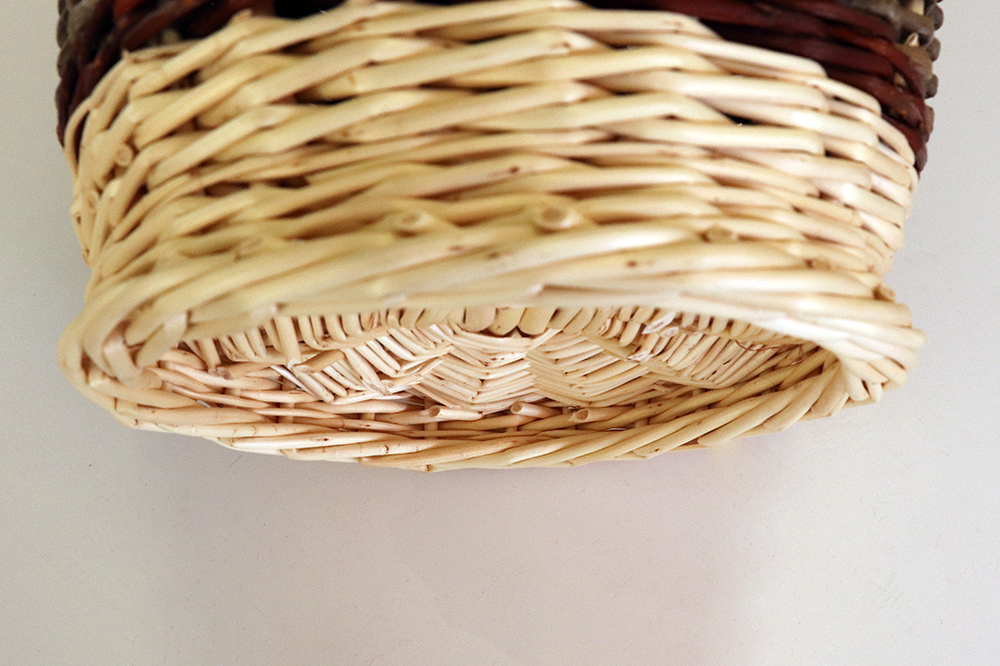
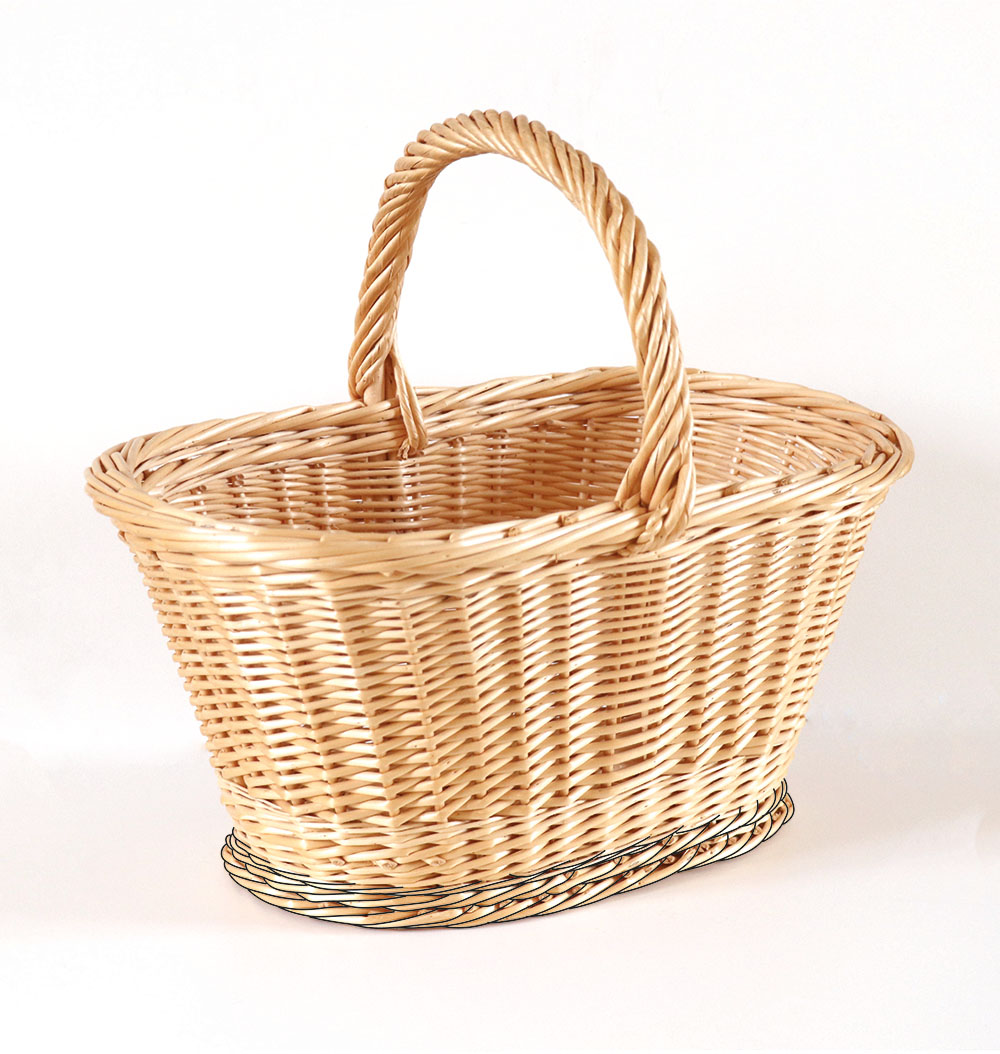
A trailing palm tree whose stems are covered with spines. Rattan stems are long and slender and can reach up to 250 metres in length with a diameter of no more than 60 mm. It grows in the tropical forests of equatorial Africa, South America, Australia, India and South-East Asia. There are many varieties of this palm tree, only a few of which are used as raw material for furniture.
A thin, even strip obtained by running the rattan marrow through a splitting machine.
A natural or artificial basin in which the foot of the wicker bundles, previously graded, is immersed to allow them to regenerate from winter to spring. This process allows the riseof sap in the wicker strands and makes it possible the peel's detachment at the time of debarking in the spring.
